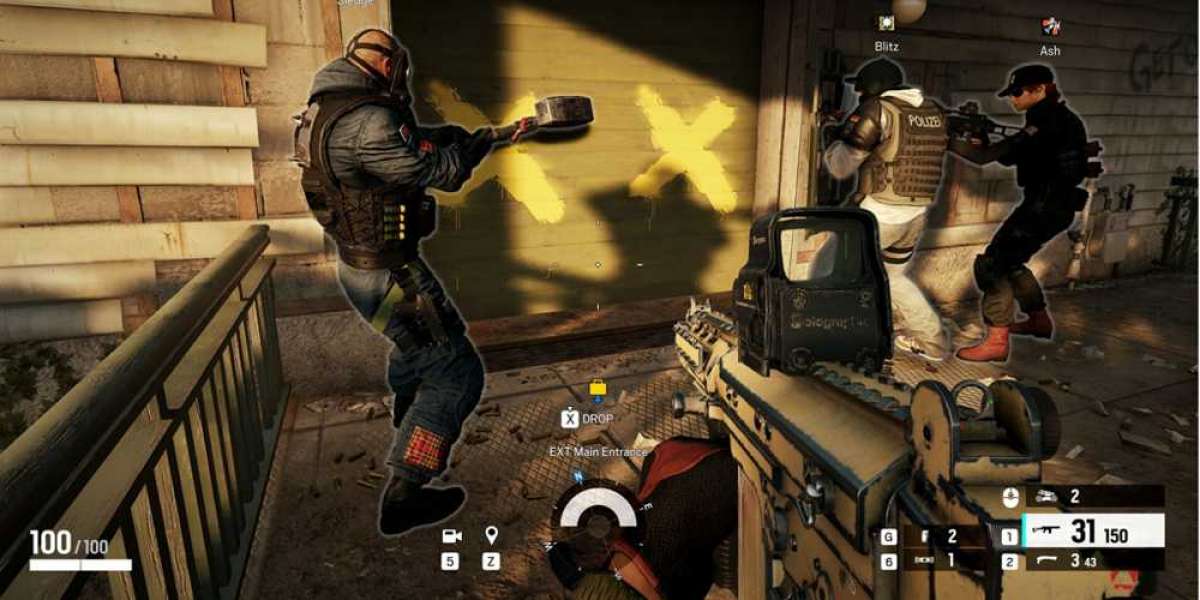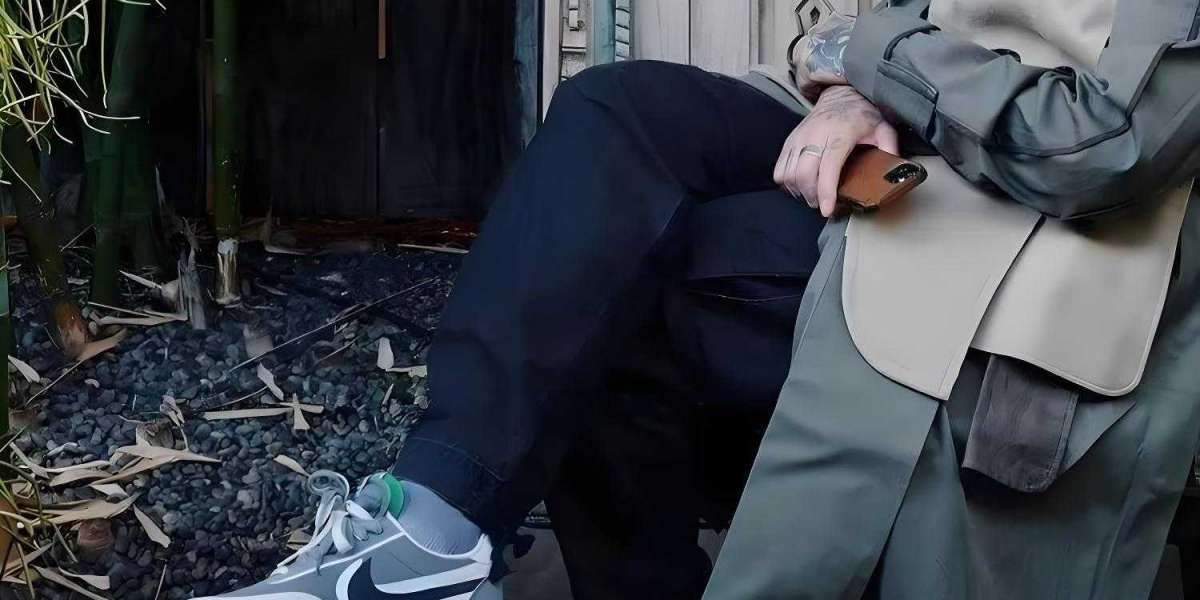US Orthopedic Trauma Devices: Recent Developments and Trends
The US orthopedic trauma devices market is a dynamic sector experiencing continuous evolution driven by technological advancements and the increasing demand for effective fracture management. The market encompasses a wide array of devices, including plates and screws, intramedullary nails, external fixators, and bioresorbable fixations, all crucial for the treatment of bone fractures and dislocations resulting from trauma.
A significant trend in the US market is the increasing adoption of titanium-based devices across various segments like screws and plates. Titanium's enhanced biocompatibility and favorable clinical outcomes, coupled with decreasing manufacturing costs, are fueling this shift from traditional stainless steel. Additionally, there's a growing interest in emerging materials such as PEEK and carbon fiber composites, which offer improved imaging clarity, and bioresorbable polymers and magnesium-based implants aimed at reducing the necessity for secondary implant removal procedures, particularly in pediatric cases.
Innovation in device design is also a key focus. The development of anatomical plates tailored to specific fracture locations is gaining prominence over generic plates, demonstrating improved clinical results and potentially leading to better long-term joint health. Similarly, intramedullary nails, known for their superior weight-bearing capabilities, are increasingly preferred for treating fractures of long bones, ankles, and wrists.
The integration of advanced technologies is further shaping the market. Robotics in orthopedic surgery is emerging, offering the potential for enhanced precision, reduced soft tissue damage, and improved implant positioning. While not yet widely adopted in trauma, its future role is anticipated. 3D printing is also being explored for creating customized implants and surgical tools.
The market is characterized by the presence of major players who are continually innovating and often acquiring smaller companies with novel technologies. These key players are focusing on developing new materials and product designs to address complex patient needs.
Despite the positive growth trajectory driven by an aging population, rising sports-related injuries, and a focus on improved clinical outcomes, the market faces challenges. Cost containment pressures from hospitals and the negotiating power of group purchasing organizations (GPOs) are leading to competitive pricing. Furthermore, the increasing adoption of external fixation devices presents competition to traditional internal fixation methods in certain applications.
In conclusion, the US orthopedic trauma devices market is characterized by ongoing material and design innovations, a growing emphasis on achieving better patient outcomes, and the gradual integration of advanced technologies. While cost pressures and competition exist, the increasing need for effective trauma care ensures continued evolution and growth in this sector.








